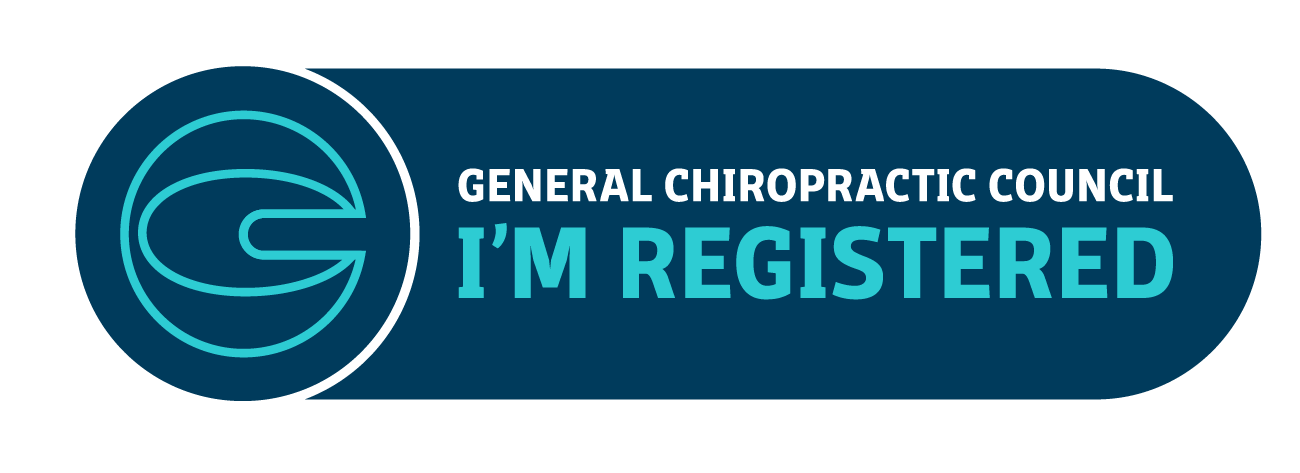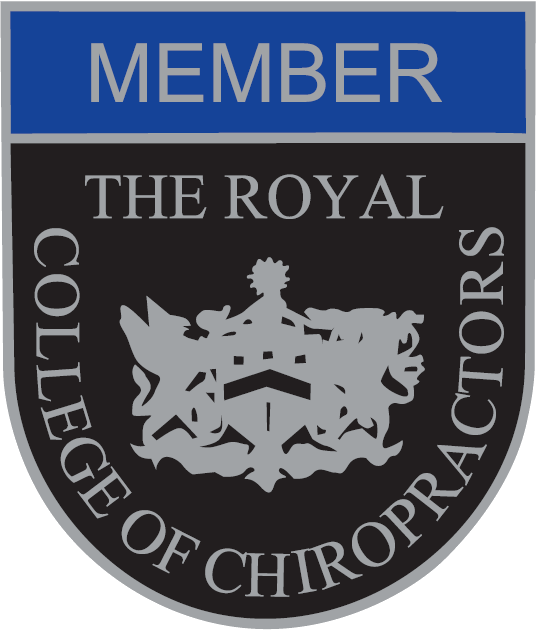 Osteoporosis is a common bone disease that affects millions of people worldwide. It’s a condition that causes the bones to become weak and brittle, making them more prone to fractures and breaks. This disease can be particularly dangerous for older people, as it can result in severe complications and limited mobility.
Osteoporosis is a common bone disease that affects millions of people worldwide. It’s a condition that causes the bones to become weak and brittle, making them more prone to fractures and breaks. This disease can be particularly dangerous for older people, as it can result in severe complications and limited mobility.
In this article, we’ll examine the causes, symptoms, prevention, and treatment options for osteoporosis. What should you know? How can you prevent it?
What is Osteoporosis?
Osteoporosis is a condition categorised by low bone density. In severe cases, the bones may become so brittle that even mild actions, such as coughing or bending over, could break a bone.
What Causes Osteoporosis?
Throughout our lives, our bones are on a never-ending cycle of breaking down and building up. In individuals with osteoporosis, this process doesn’t happen as it should. Instead, the new bone creation process doesn’t keep up with old bone loss, resulting in weak and brittle bones.
The process of new and old bone production and elimination slows down in our 20s before most people reach their peak bone mass by age 30. In the following years, the bone mass disappears faster than it’s created.
Some people are more at risk for osteoporosis, including those with a family history of it, women, and people of White and Asian descent. However, various life choices can also raise the risk, including poor dietary habits, smoking cigarettes, and heavy use of alcohol.
Osteoporosis Symptoms
Osteoporosis rarely gives definitive signs of its presence in its early days. However, as it progresses, it often causes various symptoms, including:
- Back pain, potentially caused by broken or collapsed bones in the spine
- A stooped posture
- Height loss over time
- Bones that break much easier than usual or expected
Prevention
People with a higher risk of developing osteoporosis can employ various techniques to help prevent it, including:
- Consuming a healthy, nutritious, and well-balanced diet.
- Limiting alcohol and excessive sugar consumption.
- Remaining active through exercise and other activities. (Weightlifting can be particularly helpful!)
- Consuming plenty of vitamin D and calcium.
Treatment Options
When diagnosed with osteoporosis, your healthcare provider will recommend various treatment options. If you’re at high risk of breaking a bone, your doctor may recommend medications and lifestyle changes, such as walking daily, altering your daily diet, or lifting weights.
More specifically, common treatments include bone-building medicines, hormone-related therapy, and bisphosphonates.
Aside from treating the bone loss, your doctor may further offer insight into ways to reduce any pain associated with the condition. Hot packs, warm showers, and ice packs can help relieve chronic pain or numb the pain-sensing nerves in the affected area.
Often, physical therapy or chiropractic care is also used to help manage the pain. Chiropractic care for patients with osteoporosis is often modified to accommodate their unique situations, but it can be a helpful resource in combatting pain.
Get Support From Bradford House Chiropractic!
If you’re experiencing persistent pain due to your osteoporosis or similar conditions, our skilled chiropractor may be able to help you find relief through a customised treatment plan. Our experienced team at Bradford House Chiropractic is always here to help! Book an appointment today for personalised assistance.









